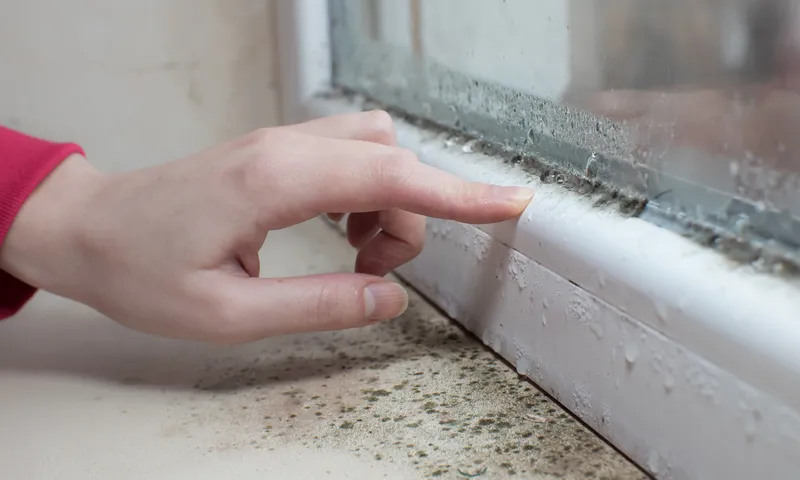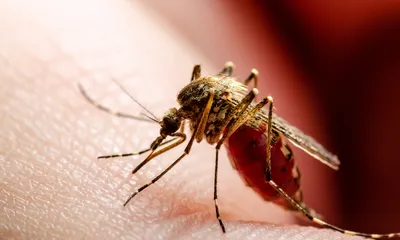Can Mold in a House Cause Cancer

No one likes finding mold in their home. Whether it’s creeping along a bathroom wall or hiding behind furniture, mold is more than just unpleasant because it can be a sign of a bigger issue. While most people know that mold can cause allergies, breathing problems, and other respiratory issues, there’s another question that sometimes comes up: can mold in a house cause cancer?
It’s not a silly question. People spend a lot of time indoors, and the air we breathe inside our homes has a huge impact on our health. So, it makes sense to wonder if long-term exposure to mold can contribute to something as serious as cancer.
What Exactly Is Mold?
Mold is a type of fungus that thrives in moist, warm, and poorly ventilated areas. Bathrooms, basements, attics, and even HVAC systems can all be hotspots for mold growth. It spreads through microscopic spores, which float through the air and settle on damp surfaces. Some mold types are relatively harmless, but others, like black mold (Stachybotrys chartarum), release mycotoxins which are chemicals that can be harmful when inhaled over time.
Connection Between Mold and Cancer: Can Living in a House with Mold cause Cancer
There isn’t a direct link between most common household molds and cancer. Certain types of mold do produce mycotoxins that have been studied for their potential long-term effects on health. One of these, aflatoxin, is known to increase the risk of liver cancer. However, aflatoxins are more commonly found in contaminated food than in homes.
Still, living in a house with mold can increase your risk for other conditions that weaken the immune system or cause chronic inflammation. Over time, these kinds of health issues can contribute to a higher risk for certain diseases, including cancer. While mold exposure isn’t considered a direct cause of cancer in most cases, experts agree that it’s still something to take seriously especially for people with preexisting health problems or compromised immune systems.
Other Health Risks to Consider
Mold exposure is more commonly linked to respiratory issues, like asthma, chronic sinus infections, or hypersensitivity pneumonitis. It can also lead to skin rashes, eye irritation, headaches, or fatigue. Children, older adults, and those with allergies or weakened immune systems tend to be more sensitive. And while the cancer risk from mold is generally low, the combination of chronic exposure and poor indoor air quality can still take a toll on your long-term health.
What to Do if There’s Mold in Your House?
If you’ve spotted mold or suspect it’s growing somewhere you can’t see, it’s important to act quickly. Mold tends to grow fast, especially in humid or water-damaged environments. A good first step is improving ventilation and using a dehumidifier to reduce moisture in the air. Regular cleaning, especially in bathrooms and kitchens, helps prevent buildup.
For more serious cases or large patches of visible mold, professional removal is the safest route. And if your home has a history of leaks, flooding, or poor ventilation, it’s a good idea to get it inspected to rule out hidden mold growth.


